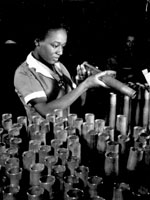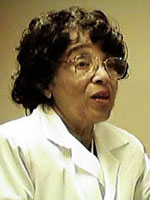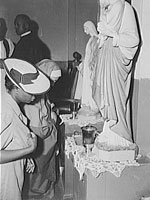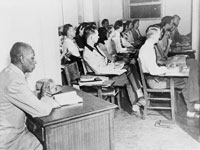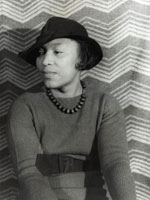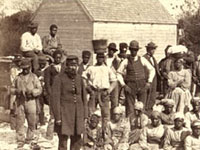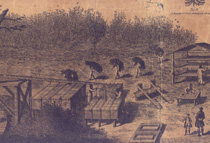Slave Movement During the 18th and 19th Centuries
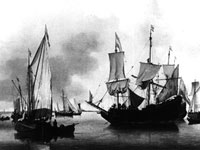
This site offers downloadable raw data and documentation on 11 topics related to the 18th- and 19th-century slave trade, including records of slave ship movement between Africa and the Americas 1817-1843, the 18th-century Virginia slave trade, and slave trade to Jamaica 1782-1788 and 1805-1808. Data sets contain information such as port of departure, vessel and owner information, number of slaves carried, origins of slaves, and ports of arrival.
Each data set includes a 250-word description explaining bibliographic information, file inventory, and methodology, as well as a codebook that guides users in reading the data. The data is provided without analysis, and the site carries a warning that data analysis is tedious, time-consuming work that requires specialized data sorting software. The site would be particularly useful in controlled assignments for college-level survey or advanced high school students' research into slavery and the slave trade.
